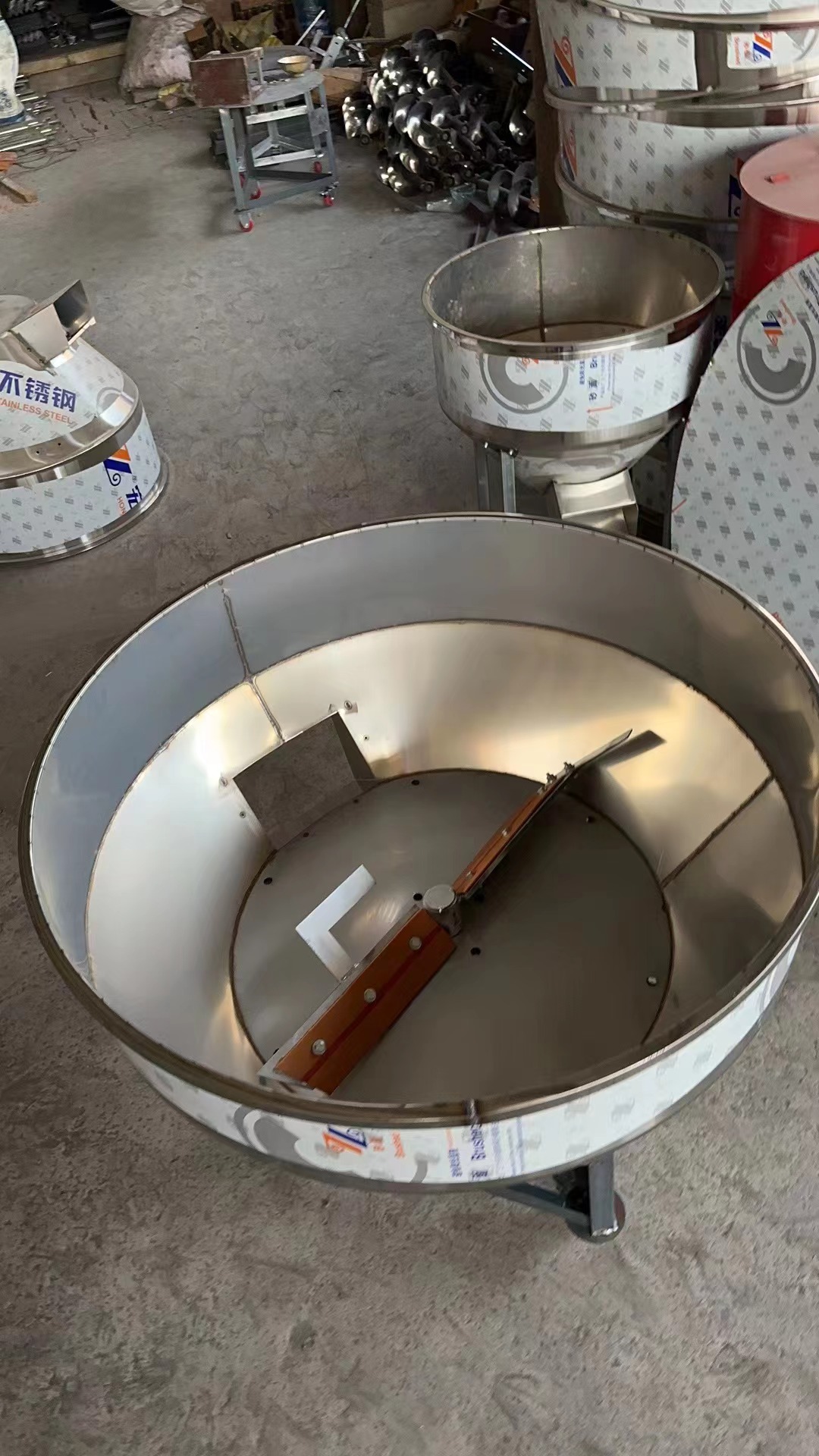Effective and Efficient Feeding Solutions for Chicken Cages to Maximize Poultry Growth and Health
សីហា . 05, 2024 02:03 Back to list
Effective and Efficient Feeding Solutions for Chicken Cages to Maximize Poultry Growth and Health
The Importance of Effective Chicken Cage Feeders
In the realm of poultry farming, efficiency and animal welfare are paramount. One critical component that significantly impacts both of these factors is the chicken cage feeder. A well-designed feeder not only ensures the nutritional needs of chickens are met but also promotes healthy growth and optimal production rates in egg-laying hens and meat birds. This article delves into the importance of chicken cage feeders, their types, and best practices for effective feeding.
Types of Chicken Cage Feeders
There are several types of feeders utilized in chicken farming, ranging from traditional troughs to advanced automated systems. The basic gravity feeders rely on the force of gravity to dispense feed as chickens peck at it, which is a common choice among small-scale farmers. These feeders are simple, cost-effective, and easy to clean.
Automatic feeders, on the other hand, are becoming increasingly popular, especially in commercial settings. These feeders can dispense feed at scheduled intervals, ensuring that birds have constant access to fresh feed without the need for frequent manual intervention. This not only saves time but also reduces labor costs, making poultry farming more efficient. Additionally, some advanced models integrate technology such as sensors that adjust feed flow based on the number of birds present, thereby minimizing waste.
The Role of Feeders in Poultry Health
Proper feeding practices are crucial for the health of poultry. Unrestricted access to feed allows chickens to maintain a balanced diet, which is essential for their growth and egg production. High-quality feeders help prevent feed spillage, which can lead to wastage and attract pests such as rodents and insects.
chicken cage feeder

Balanced nutrition is vital; feed should contain the right mix of proteins, vitamins, and minerals tailored to the specific needs of the flock. For example, broilers require different nutritional content compared to layers. A good feeder system helps to ensure that each bird receives its required intake without competition, which can lead to stress, pecking, and in severe cases, cannibalism.
Best Practices for Using Chicken Cage Feeders
To maximize the effectiveness of chicken cage feeders, poultry farmers should adhere to several best practices. First, feeders should be appropriately sized for the number of chickens being housed in the cage. Insufficient feeder space can lead to overcrowding and competition among birds, resulting in some not getting adequate nourishment. A general guideline is to allow a minimum of 1 inch of feeder space per bird.
Regular maintenance and cleaning of feeders are critical. Feeders must be sanitized to prevent the growth of harmful bacteria and mold, which can adversely affect bird health. Additionally, checking for obstructions and ensuring that feeders are functioning correctly helps maintain a steady flow of feed.
Farmers should also consider the placement of feeders within the cages. Feeders positioned in areas where chickens feel safe can encourage better feeding behavior, while poorly placed feeders may deter birds from accessing food.
Conclusion
In conclusion, chicken cage feeders play a pivotal role in the efficiency and health of poultry farming operations. By using the appropriate type of feeder, adhering to best practices for maintenance and placement, and providing balanced nutrition, poultry producers can ensure their flocks thrive. As technology continues to evolve, the potential for even more efficient feeding systems will only improve, further enhancing the welfare of chickens and the productivity of farms worldwide. By prioritizing effective feeding strategies, poultry farmers can contribute significantly to sustainable and successful agricultural practices.
-
High Performance Exhaust Fan – Efficient Ventilation Solutions for Home
NewsJun.10,2025
-
High-Quality Gestation Pen for Sows Durable Mobile Pig Pen & Simple Pig Pen Solutions
NewsJun.10,2025
-
High Quality Rabbit Cage Double Tier Designs & Welded Wire Mesh Supplier
NewsJun.10,2025
-
Floating Fish Feed Machine - High Efficiency Floating Fish Feed Extruder for Small Scale Production
NewsJun.10,2025
-
Premium Poultry Housing Solutions Mobile & Commercial Free Range Options
NewsJun.10,2025
-
Industrial FRP Fans Corrosion-Resistant Blades & Centrifugal Systems
NewsJun.09,2025






